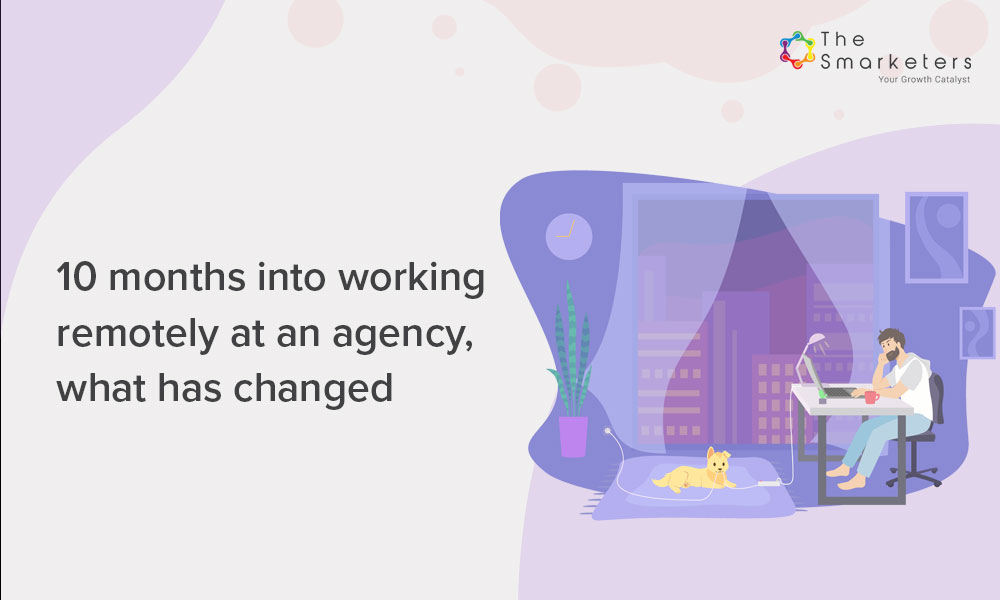Several hundred million people were plunged into chaos in March when nationwide lockdowns and remote working took over. Fast forward a few months; Google announced that its roughly 200,000 employees would continue to work from home until at least next summer.
Zuckerberg stated he expects half of Facebook’s workforce to be remote within the decade. Twitter has told their staff they can stay home permanently. 74% of all the companies surveyed by Gartner plan to shift to remote working permanently post-COVID.
The pandemic has brought about enormous changes at a speed and scale that couldn’t have been anticipated or matched.
Pliancy
With the pervasive, global nature of the pandemic, people learned on the go how to work from home. When this situation eventually settles, working from home will continue to be a popular option—forcing organizations —especially those who weren’t too keen on adopting the practice —to become more flexible.
Now that several people across the globe know first-hand what it feels like to work from home [WFH], companies will have a hard time scrapping it. A Gartner survey pointed out that 75% of the employees will ask their remote working hours to be expanded by 35%.
While for a lot of us the best part of working from home (apart from it being home) is the less than a minute commute, it is becoming increasingly evident that having people work from home is proving to be profitable.
But, there are some cases where the complete shift will be impossible. In such cases, it is imperative that organizations adopt a flexible policy giving employees the freedom to choose WFH.
The pandemic has made the moments that add to our productivity startlingly clear, leaving us cherishing our in-person connections. So the new normal will be increased flexibility.
The Virtual Meeting Rooms
We have all experienced some form of Zoom fatigue, having been working remotely for the better part of this year. Video calls have become fully integrated into the work from home fabric in an impressive number of ways. The makers of Zoom, Skype, and Google Meets are all responsible for making this transition so smooth.
However, this was tough to navigate initially because most people didn’t have the ideal space or a dedicated home office or a Zoom-ready spot for video meetings.
It has also drastically impacted the hours at work, increasing them. The number of calls was massively higher than before and forced the word ‘coordination’ to take on a new meaning, particularly between personnel, clients, and team meetings. It has also resulted in the trend for casual attire picking up.
This move to virtual event marketing is here to stay. If not all meetings, a significant portion of them will be held virtually to reduce the hassle and leverage the convenience. This move has also made us aware of how body language and physical presence are significant factors that we have often taken for granted.
Innovation
Another major challenge was internet performance. 35% of respondents said that the weak Internet had prevented them from doing their work at some point during the Coronavirus crisis, and 43% said they have had to use their phone as a hotspot during the crisis. Before the pandemic, we believed our Internet and our devices were what we required.
With the number of hours we now use said devices, it is apparent that design and innovation need to be upped in many ways when preparing for any eventuality that includes WFH. All video-streaming platforms have made this transition smoother by maintaining quality without compromising on speed.
It has resulted in better Internet with home offices becoming a priority. WFH considerations will be the top priority for many.
B2B Technology companies will make things more innovative, as close to the human experience as possible. For instance, a concept called the Square was recently unveiled, which features an artificial window you install on a wall next to your desk. Raising the window shade reveals your colleagues who appear to be working alongside you.
The Road Ahead
As employees and supervisors alike have gotten used to seeing each other in their natural work-a-day habitats, demarcating professional life from personal has gotten blurry. While technology has made this almost seamless and incredibly smooth, it has also left us longing for a non-pixelated reality that is infinitely more low-tech, teaching us a thing or two about tangible, non-robotic human connection.













